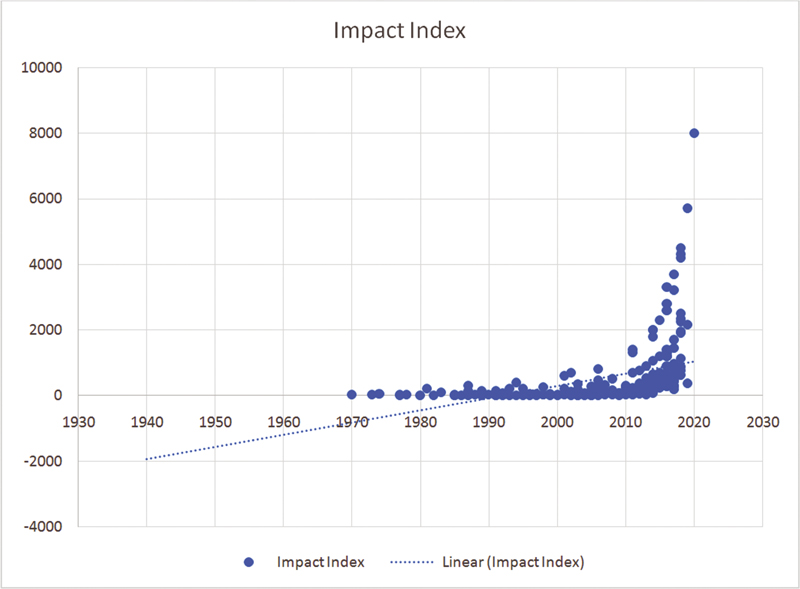
American Journal of Perinatology
Using Simulation to Support Evidence-Based Design of Safer Health Care Environments
Louis P. Halamek
The design of health care environments and the technologies used within them have tremendous influence on the performance of the professionals who care for patients in those spaces. In turn, the performance of those professionals greatly impacts the safety of the care that is delivered to patients. Active and latent safety errors can be greatly reduced by rigorous testing of the patient care environment.
Prior to the approval of final design specifications and actual construction.
After construction is complete before the first patients move in.
On an ongoing basis once patient care is in progress.
While there are numerous types of testing that can be conducted, this manuscript will focus on the use of simulated clinical scenarios in realistic/real physical environments to detect and remediate weaknesses in the design of those environments with a focus on their use in perinatal centers.
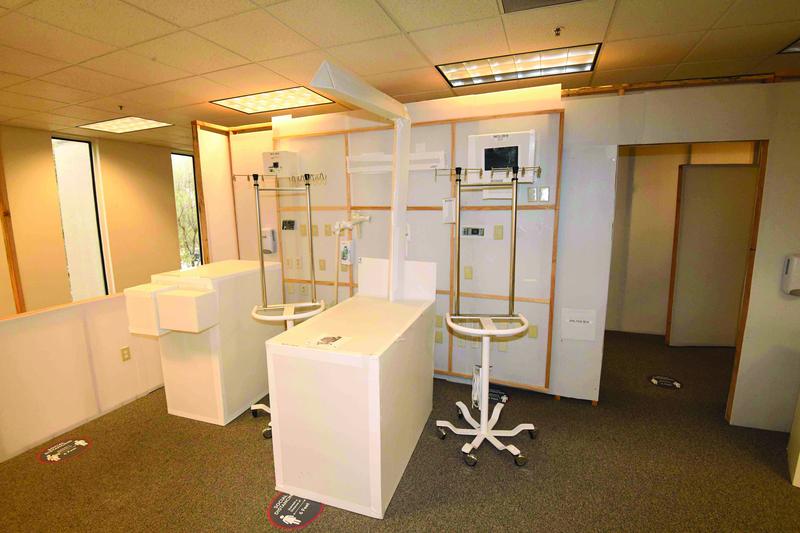
American Journal of Perinatology Reports
Mimily Harsono, Sandeep Chilakala, Shiva Bohn, Eniko K. Pivnick, Massroor Pourcyrous
Harsono et al present a neonate with early onset apnea and bradycardia in the absence of primary cardiorespiratory and central nervous system disorders that eventually required chronic ventilator support starting at 6 hours of life. Molecular testing of paired-like homeobox 2b (PHOX2B) gene mutation confirmed the diagnosis of congenital central hypoventilation syndrome (CCHS). CCHS is a rare genetic disorder characterized by impaired central respiratory control with or without broad spectrum of autonomic nervous system (ANS) dysregulations. Ocular ANS dysregulation is a rare finding in CCHS individuals, and it is usually discovered later in life. However, the ophthalmic evaluation of this neonate on first day of life revealed persistent mild dilated oval pupils with limited light reactivity.
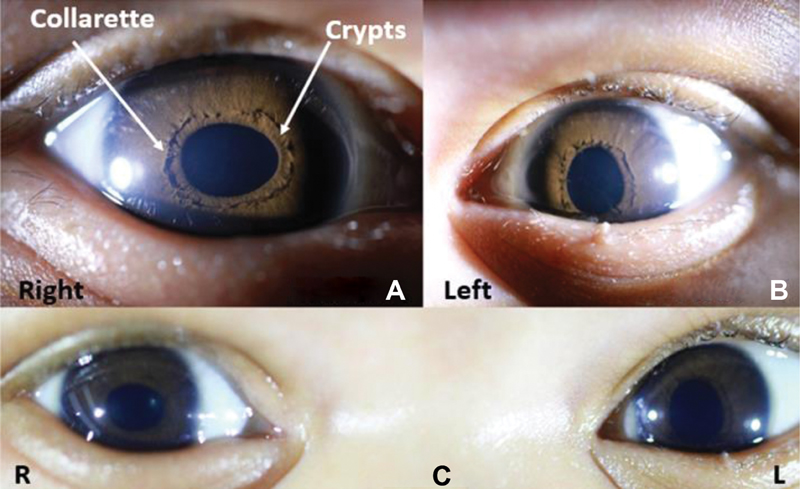
Seminars in Reproductive Medicine
Cherie Caut, Danielle Schoenaker, Erica McIntyre, Dwan Vilcins, Anna Gavine, Amie Steel
Parental health before conception effects maternal and offspring health outcomes. Preconception care provides healthcare to prospective parents addressing modifiable preconception risks and health behaviors. This umbrella review aimed to consolidate evidence on women's and men's modifiable preconception risks or health behaviors associated with maternal and offspring health outcomes. MEDLINE, EMBASE, Maternity and Infant Care, CINAHL, and PsycINFO were searched from March 4, 2010, to March 4, 2020. Eligible studies were systematic reviews or meta-analyses of observational studies examining associations between modifiable preconception risks or health behaviors and maternal and offspring health outcomes. Screening, data extraction, and methodological quality assessment (AMSTAR 2) occurred independently by two reviewers. Degree of overlap was examined. Findings were summarized for evidence synthesis. Twenty-seven systematic reviews were included. Modifiable preconception risks and health behaviors were identified across categories: body composition (e.g., overweight, obesity), lifestyle behaviors (e.g., caffeine, smoking), nutrition (e.g., micronutrients), environmental exposures (e.g., radiation), and birth spacing (e.g., short interpregnancy intervals). Outcomes associated with exposures affected embryo (e.g., embryonic growth), maternal (e.g., gestational diabetes mellitus), fetal/neonate (e.g., preterm birth), and child (e.g., neurocognitive disorders) health. For real-world practice and policy relevance, evidence-based indicators for preconception care should include body composition, lifestyle, nutrition, environmental, and birth spacing.
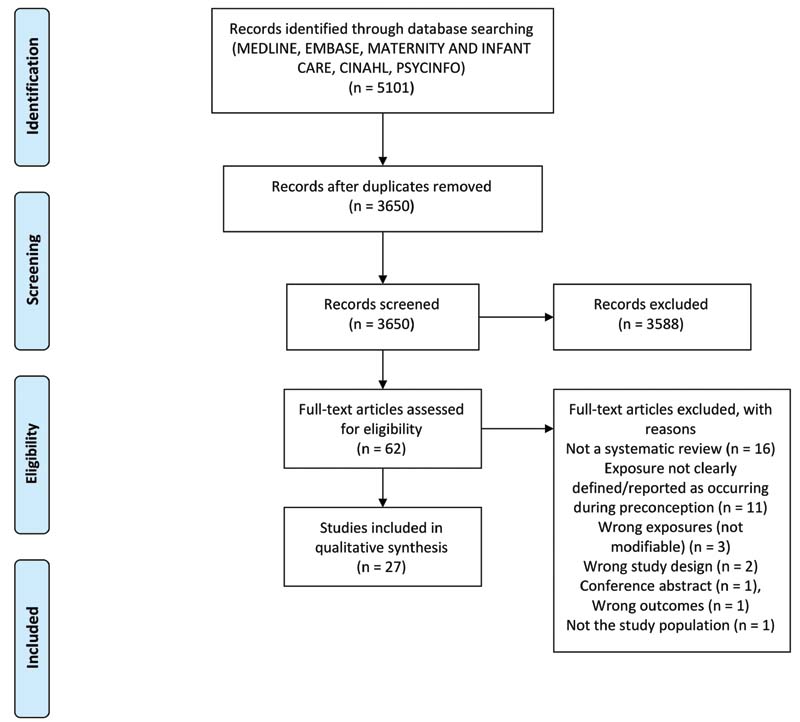
RBGO Gynecology & Obstetrics
Management Strategies for Sexuality Complaints after Gynecologic Cancer: A Systematic Review
Luciane Machado Pizetta, Augusto da Cunha Reis, Mirian Picinini Méxas, Vanessa de Almeida Guimarães, Carmen Lucia de Paula
Objective To explore the main sexuality complaints of gynecologic cancer survivors after treatment and to identify the care strategies provided.
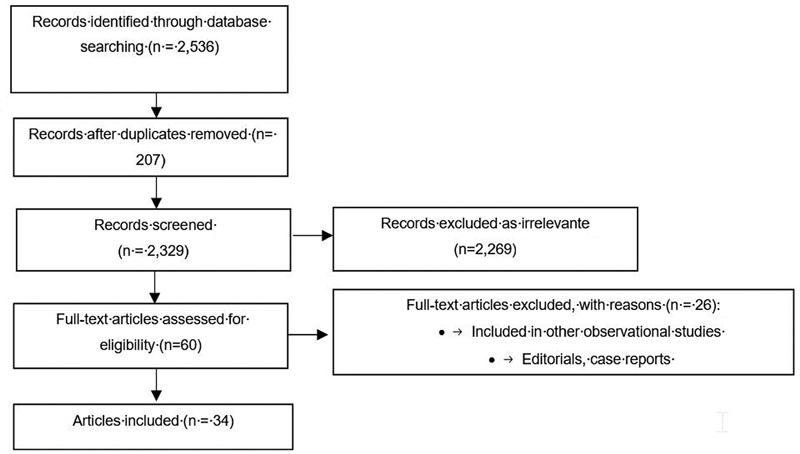
European Journal of Ultrasound
Paul Böckenhoff, Astrid Hellmund, Ingo Gottschalk, Christoph Berg, Ulrike Herberg, Annegret Geipel, Ulrich Gembruch
Purpose To assess the spectrum of associated cardiac anomalies, the intrauterine course, and postnatal outcome of fetuses with double inlet ventricle (DIV).

Colombian Urology Journal
Publication Trends in Pediatric Stone Disease: A Bibliometric Analysis
Nicolás Fernández, Daniela Alejandra Varela Herrera, Juliana Villanueva, Julie Cheng, Gregory Tasian
Introduction In the pediatric population, the prevalence of stone disease has increased in recent years. The authors aim to analyze the bibliometric characteristic of available literature on the management of stones in this population.
